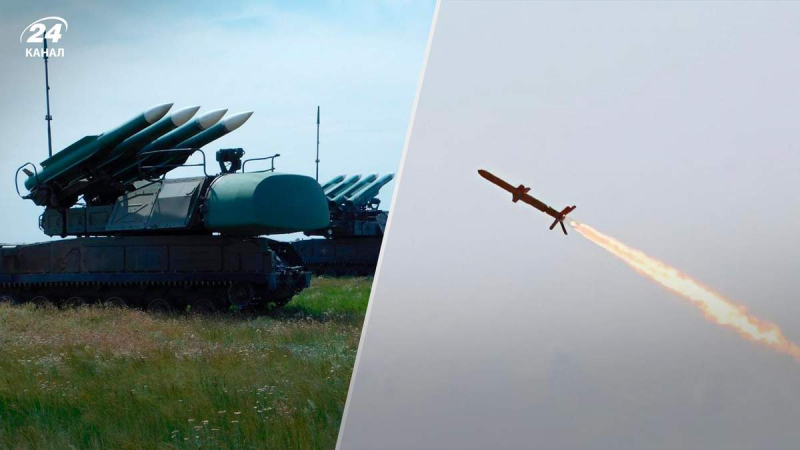
Reserved optimism. This is how, briefly, one can characterize the 6th meeting of NATO defense ministers within the framework of the Contact Group on Ukraine in the Rammstein format. Read more in the exclusive blog for Channel 24 website.
Dilemma for Air Defense
After all, the new PzH2000 and MARS II air defense systems, anti-aircraft missiles from the Netherlands, the LRU M270 rocket launchers promised by France – all this is important and necessary, but so far not enough to completely “close the sky” over Ukraine.
Therefore, even if less, Russia will continue to be able to put the Ukrainian air defense forces before a difficult moral and security choice: to destroy missiles aimed at critical infrastructure with air defense, or to intercept threats to densely populated civilian objects. And how the occupiers can resort to such tactics was clearly shown by the shelling of both the center of the capital and residential apartment buildings in Zaporozhye, Nikolaev, Kharkov. >Therefore, while the president and our diplomats are convincing Western partners to promptly increase the supply of air defense systems, and the EU provides an additional 550 million euros for the repair of energy infrastructure, Ukraine should now consult with international donors on financing additional alternative options for protecting its own energy infrastructure in a more remote perspective. Including, in the context of plans for the post-war reconstruction of the country.
In this regard, the experience of Germany with the physical concealment of main electrical networks under the ground can be quite indicative and useful for us. For example, in Berlin, almost 99% of all power lines are underground. In total, 35,400 kilometers of cables and lines have been laid under the city, which run at a depth of up to 30 meters. Throughout Germany, in 2018, the share of underground power networks was 82% of the total number of all power networks in the country.
This is especially significant for Ukraine, where, after 30% of the damaged energy infrastructure following the shelling of October 10 and 11, the biggest problem , according to power engineers, not so much generation remains, but also the delivery of electricity to certain parts of the energy system due to damage to its individual circuits.
But in Germany, not only electrical networks are hidden underground, but also entire electrical substations, the power of which allows them to supply entire microdistricts with light. A similar project was implemented in Frankfurt in 2011. This city is approximately equal in terms of population to Ukrainian Lvov, where during the last massive missile strikes a number of critically important substations for the city were also destroyed.
And this is not to mention the world experience in building entire underground power plants: Japan, Canada, Germany, New Zealand, Great Britain, USA, Australia and investment in geothermal energy as a source of clean underground energy.
Of course, underground electrical routes, power plants – all these projects – for years, which will require huge investments. But it is the implementation of such approaches, at least pilot, that will provide another component for the domestic energy system and globally transform the economy, the desire and inevitable movement towards which Ukraine declared when presenting its own recovery plan in Lugano.

